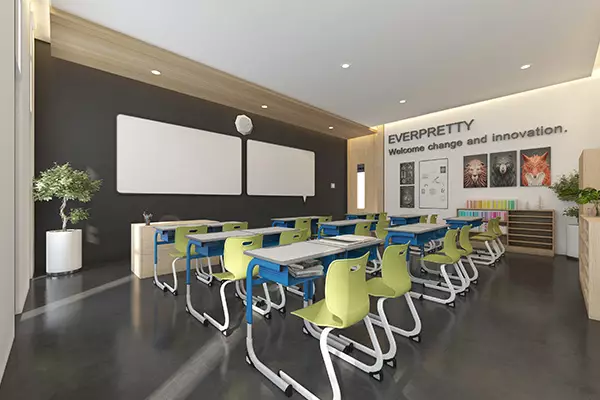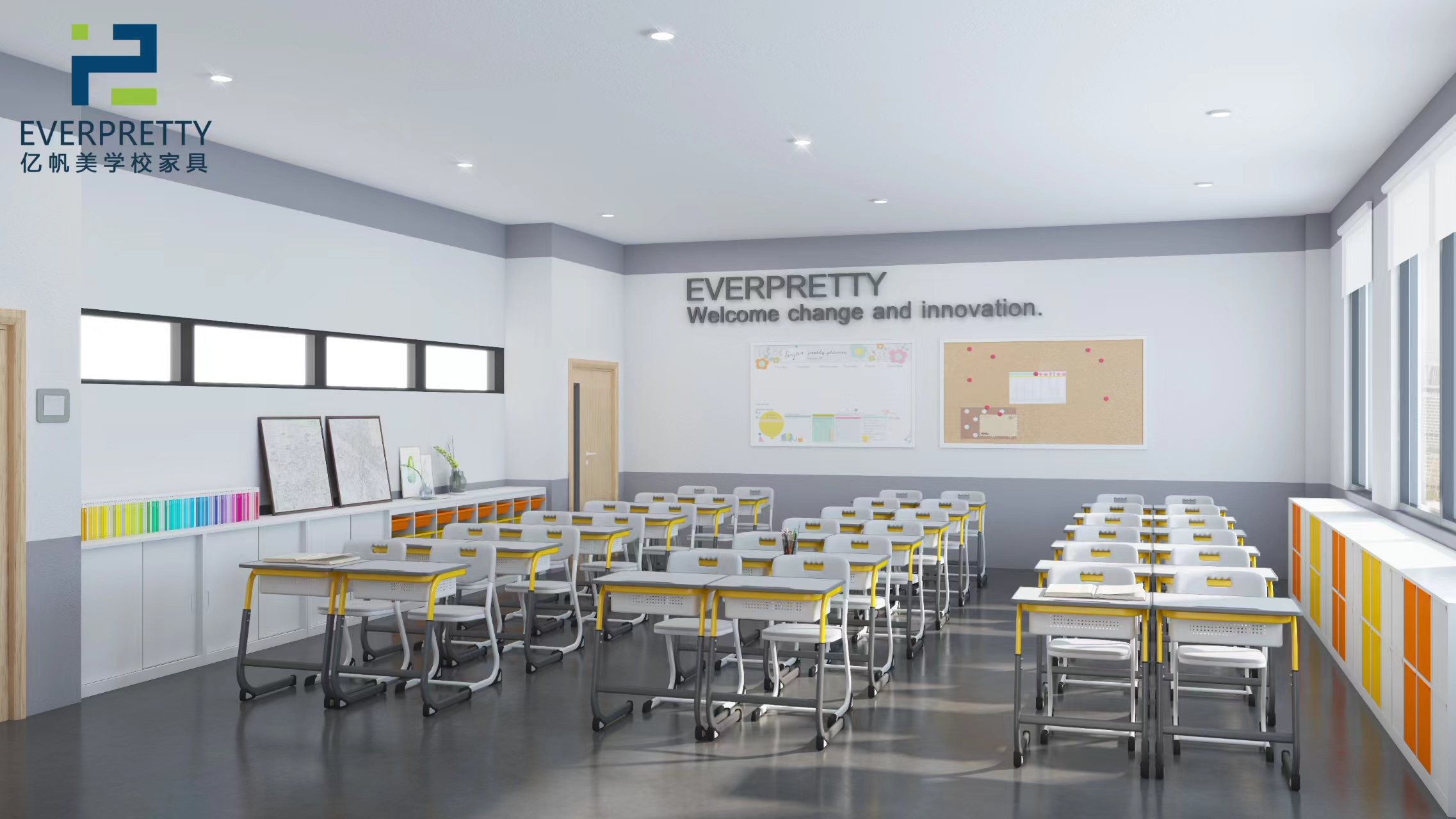The most vital components of a primary school classroom can be broadly classified into three key categories: the physical environment, educational materials, and the emotional atmosphere.
The physical environment serves a crucial role in facilitating a child’s learning experience. It’s not merely a space but a well-thought-out setting aimed at promoting an effective learning process. For starters, it should be safe, comfortable, and stimulating. The arrangement of furniture, including desks and chairs, should promote good posture, maintain focus, and encourage interaction. Adequate lighting is a must to prevent eye strain and enhance visibility, ensuring every corner of the room is well lit. Temperature control is vital to ensure the room is not too cold or too hot, providing a comfortable learning environment. Accessibility features for students with special needs should be considered, ensuring inclusivity. The physical environment extends beyond these tangible aspects. It should be designed in a way to minimize distractions, thereby increasing concentration levels, making it easier for teachers to manage the class and facilitating smooth movement and interaction.

Educational materials form the backbone of the teaching and learning process. They include traditional resources like textbooks and also extend to interactive tools, digital resources like educational software, and internet resources. The importance of these materials is manifold. They should be age-appropriate, engaging, and aligned with the curriculum to aid in the delivery of lessons and enhance the understanding of concepts. These materials should cater to the different learning styles of students – visual, auditory, and kinesthetic – making learning more personalized, interactive and effective.
The emotional atmosphere, while intangible, is perhaps the most crucial aspect of a primary school classroom. This atmosphere is the emotional climate created within the classroom. Teachers should foster a positive, inclusive, and respectful environment, where every student feels valued. It’s important to create an atmosphere where students feel free to express their thoughts, ask questions, and make mistakes, which are viewed as opportunities to learn rather than failures. This kind of environment can encourage students’ active participation, promote a culture of collaboration, mutual respect, and create a sense of belonging among students. A positive emotional atmosphere not just motivates students to learn but also boosts their self-esteem, builds their social and emotional skills, and influences their overall attitude towards learning.
In conclusion, the physical environment, educational materials, and emotional atmosphere are the most important parts of a primary school classroom. Each of these elements plays a unique role in promoting effective learning, shaping the learner’s experience, and influencing their attitude towards education. Their combined impact extends beyond academic learning, contributing to the holistic development of students.





Leave A Comment